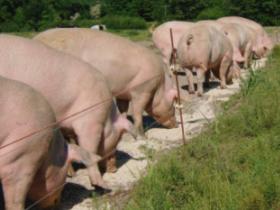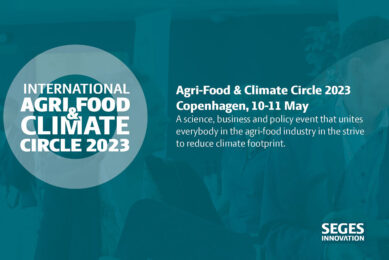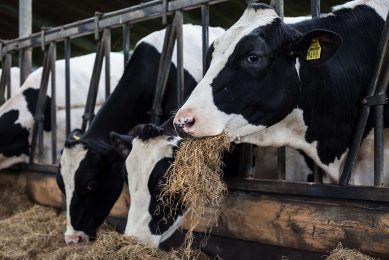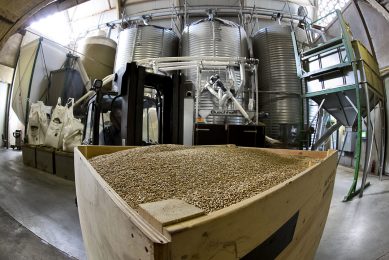Farm emissions ‘far higher than thought’

Livestock farming accounts more than half of all agricultural greenhouse emissions, according to a new report, writes Farmers Weekly in the United Kingdom
The study, by WWF-UK and the Food Climate Research Network, estimates the food consumed in the UK accounts for 30% of the country’s carbon footprint.
Previous estimates put the figure closer to 20%, but this latest study is the first to incorporate the impact of land use changes overseas.
Taking changes overseas into account increases the estimate of emissions attributed to UK food consumption from 152 to 253 million tonnes CO2.
Land use change, mainly deforestation to create agricultural land, is cited a major source of climate changing emissions.
Cut emissions by 70%
All stages of the UK food chain give rise to emissions, the report says.
It includes production and initial processing (34%); manufacturing, distribution, retail and cooking (26%) and agriculturally-induced land use change (40%).
Livestock farming contributes to 57% of agricultural greenhouse gas emissions.
The report – How Low Can We Go: an assessment of greenhouse gas emissions from the UK food system and the scope for reduction by 2050 – states if the food industry is to play its part in keeping temperature rises below two degrees, emissions need to be cut by at least 70% by 2050.
Change food consumption
The report concludes that no one solution alone can reduce emissions to this extent and it calls on the government and industry decision-makers to recognise that a focus on technology alone is not enough – food consumption must change too.
Mark Driscoll, head of WWF-UK’s One Planet Food programme said the target to cut emissions was a daunting task, but not an impossible one.
"We must stop chewing over some of the issues and start making change happen – both in terms of technology and behaviour."
Recommendations include increasing production efficiency, including improved crop yields and changes to animal feeds to reduce methane emissions.
Dietary changes would also ease land pressures, in terms of reducing the amount of land needed to produce food, the report says.











